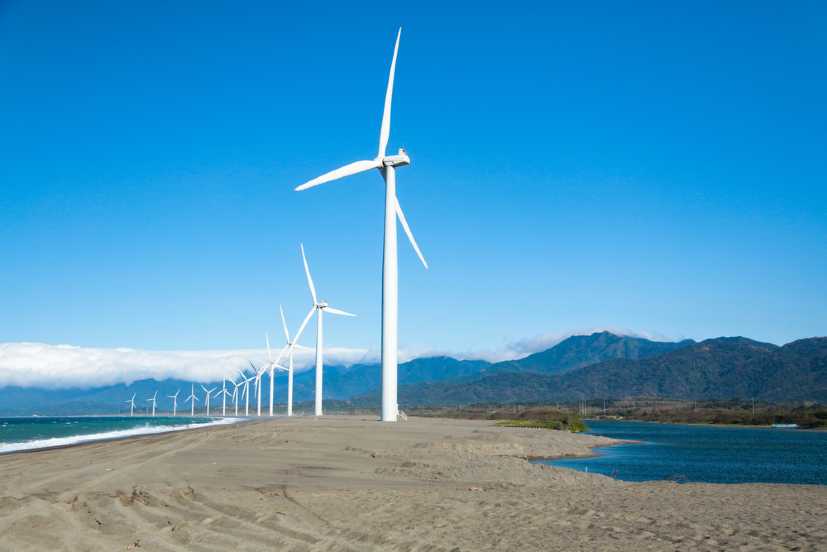The Philippines is set to reduce its carbon footprint and add 34,000 megawatts of renewable energy to its energy mix by 2040. At the virtual Southeast Asian Nations Clean Energy Week, Energy Secretary Alfonso G. Cusi declared the country’s National Renewable Energy Plan (NREP).
He told the media, “Coal and oil shares will also continue to decrease due to the use of alternative fuels for transport, among others. This also translates to a power generation mix that shifts from being coal–centered to one where renewable energy, natural gas, and other emerging clean energy technologies will have increased shares.”
“Under the clean energy or low carbon scenario envisioned by the Philippine government for the future, there will be a slower growth of total primary energy supply (TPES), as a result of the country’s energy efficiency and conservation measures. We are also pushing for the transition from fossil fuel-based technology utilisation to cleaner energy sources to ensure more sustainable growth for the country.”
Currently, coal is the dominant source of energy in the Philippines, accounting for over 41 percent of the country’s total energy, while renewable energy such as hydropower and solar account for just 29 percent of its energy mix. That said, natural gas accounts for 13.5 percent of the total energy.
It is reported that French independent power producer (IPP) Total Eren is set to build 135 MWp of solar farms in Luzon, Philippines. In order to do so, the energy company is partnering with Manila-based Mabalacat Solar Philippines Inc and Singapore-based Sindicatum Renewable Energy. Eren will develop two photovoltaic (PV) projects in the Luzon provinces of Tarlac and Zambales.


